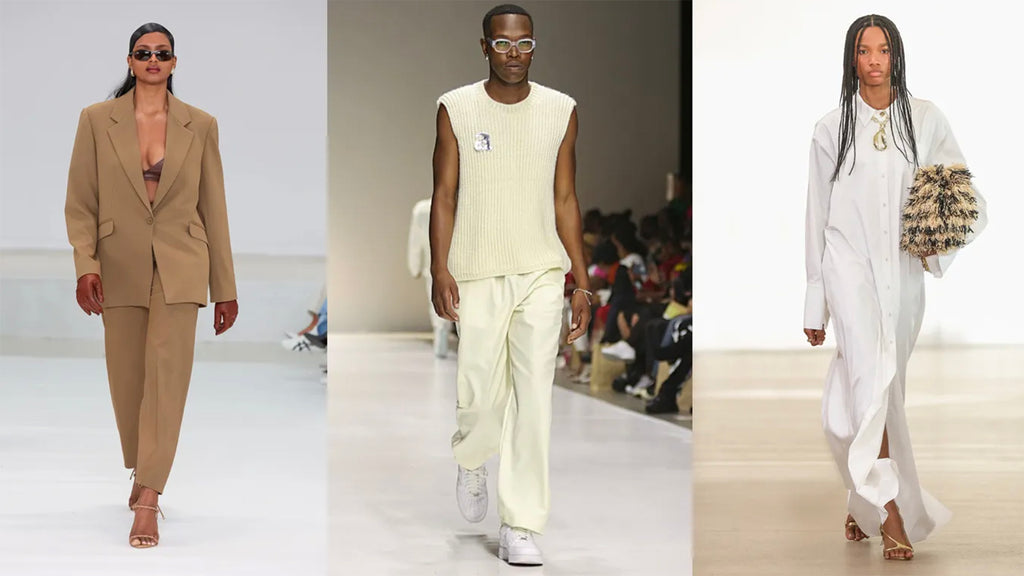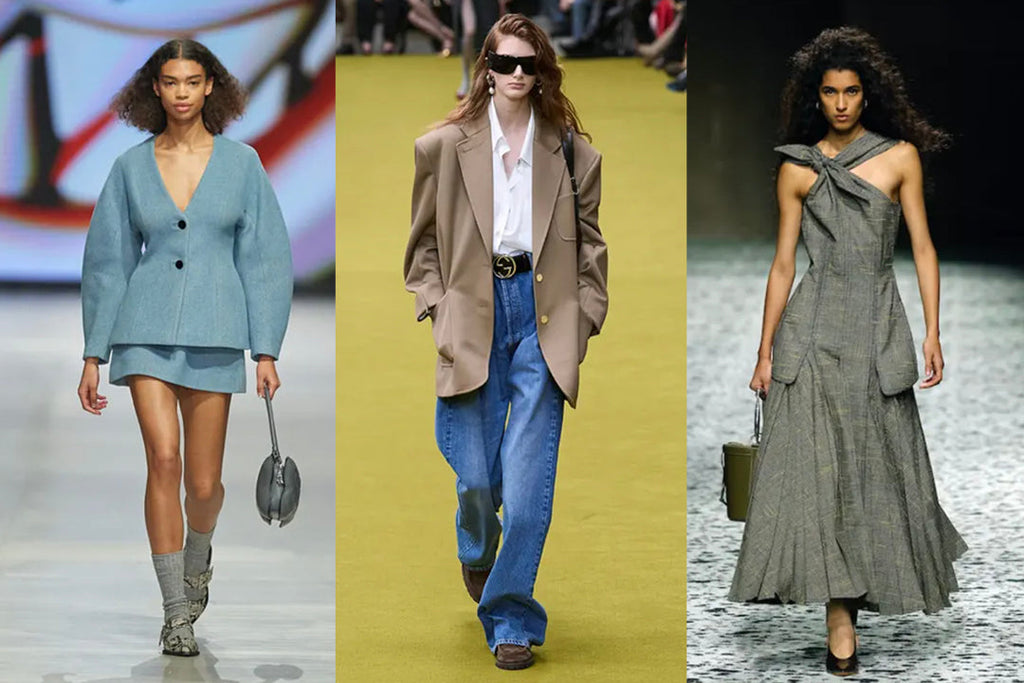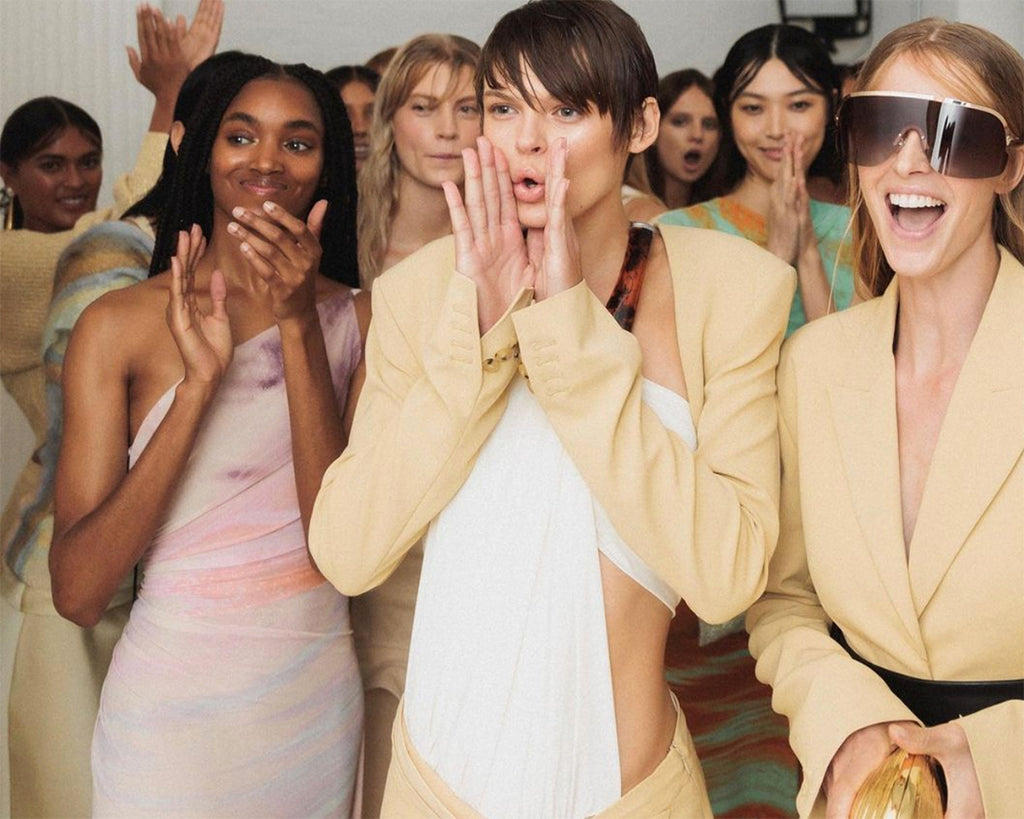
The Circular Economy and What Fashion Has to Do With it
And Why it Will Soon Be Worth $5 Trillion
By Renee Fortune
Ours is a linear economy. And when I say, “ours” I mean the global economy. In our linear economy, raw, natural resources are extracted from the earth, manufactured into products, and those products (or some form of them) then go to waste. It’s an endless continuum that’s set the world on a slippery slope.
In contrast, a circular economy model aims to bring the production process full-circle. In a circular economy, resources are regenerated and re-used and waste is remanufactured and recycled. The notion of a circular economy is being proposed across sectors as a way of achieving a climate-neutral global state of existence.
If this is the first time you’re reading about this notion, you may be wondering where this concept has been all our lives. It’s difficult to trace the concept back to a single author, but economists, academics and thought-leaders have been speaking about the idea since the late 1970s.
Today, it has become an important part of public discourse around issues relating to sustainability and the global shift that is needed to combat climate change.
So what has it got to do with the fashion industry? Everything.
According to the Pretty Planeteer, the average consumer discards almost 32 kilograms (70 pounds) of clothing per year. Throw in almost 8 billion of us and that amounts to around 13 million tons of textile waste that goes into landfills without being recycled or reused in any way. Over and above the material waste we produce, there’s the water, plastic and air pollution to consider, of which the fashion production industry produces gargantuan amounts. It’s the way we’ve always done it – the way the industry has been built, but it does not (and certainly cannot) remain the status quo.
Circular economies are particularly relevant in the manufacturing sector, including fashion production. In a circular economy, clothes are designed to last and to be reinvented and reused.



This way of designing fashion is in direct contrast to the idea of “fast fashion”, or clothing that looks good but degenerates quickly and becomes waste. Once a piece of clothing is ready to be reused, it enters new business models – this is where thrifting and clothes swapping and clothing rental and all these beautiful new industries come in. When those garments reach the end of their life cycles, the materials used are recycled into newer materials which then re-enter the supply chain, and it all begins again.
It’s an ecosystem that once only existed in our imaginations, simply because there was no pressing need for it. But faced with the environmental concerns and global challenges that we can no longer deny, pioneering brands and consumers are driving the change towards a different mindset.
A collective report initiated by the Circular Fashion Summit, entitled Circular Fashion Report 2020 – Year Zero estimates that the future value of fashion’s circular economy could exceed $5 trillion. Now that’s an encouraging prospect.
The industry as a whole is under extreme pressure from global consumers to reduce its carbon footprint by reducing carbon emissions, waste and pollution and doing its bit to regenerate the environment.
The ultimate goal is to revamp the way we think about and consume fashion. We’re striving towards clothes that are traceable. We see campaigns like “who made my clothes” at the forefront of this kind of message. Conscious consumers care about the artisans – the stories of the people who make what we wear. Mass production has drowned out their voices, but little by little, they’re reclaiming their narrative.
The fashion industry also needs to become transparent. We’re waking up and asking questions about the sustainability of the textiles we use, the chemical processes involved and their impact on the planet. Asking these questions and holding retailers accountable is at the crux of how large-scale change is going to happen. And even though it’s happening slowly, it is happening.
Environmental advisor, Kate Krebs said it best: “Waste is a design flaw.”
If we bear that notion in mind, there’s a chance we might stop seeing waste as being an inevitability and see it for what it is – a liability.










